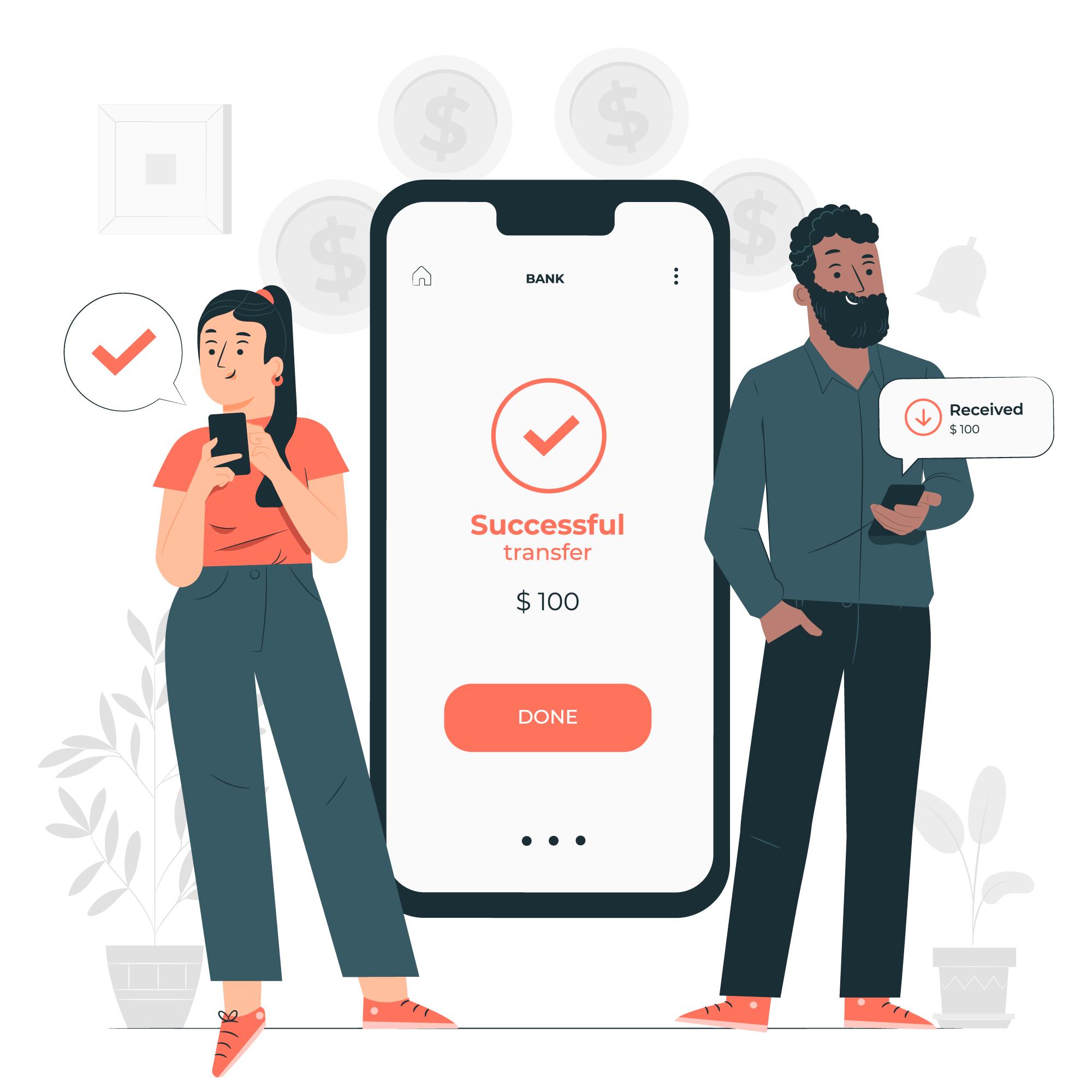The rise of the digital economy has led to the emergence of several innovative payment methods, including peer-to-peer (P2P) payment apps. These apps allow users to transfer money directly to one another without the need for intermediaries like banks. The Cash App is a popular P2P payment app in the US that has gained massive popularity due to its ease of use, fast transactions, and low fees. If you’re interested in developing a P2P payment app like the Cash App, here are some steps to consider.
1. Conduct Market Research
The first step to developing a successful P2P payment app is conducting market research. You need to understand the market, identify the target audience, and find out what they need from a payment app. This will help you design an app that meets the users’ needs and expectations. You can use online surveys, focus groups, and other market research techniques to gather this information.
2. Define the App’s Features
Based on your market research, define the features of your P2P payment app. These features should be designed to meet the needs of your target audience. Some essential features of a P2P payment app include:
- User registration and authentication
- Money transfer
- Integration with bank accounts and credit/debit cards
- In-app balance management
- Notification and alerts
- Security features such as biometric authentication, two-factor authentication, and data encryption.
3. Choose a Development Platform
After defining your app’s features, you need to choose a development platform. The Cash App was developed using React Native, which is a popular platform for developing cross-platform mobile apps. You can also consider other platforms like Flutter or NativeScript. The platform you choose will depend on your development team’s expertise, project requirements, and budget.
4. Build a Prototype
With the app’s features defined and the development platform chosen, it’s time to build a prototype. The prototype should be a working model of your app that demonstrates its essential features. You can use the prototype to test the app’s functionality and gather feedback from beta testers.
5. Design the User Interface
The user interface (UI) of your P2P payment app is critical to its success. The UI should be intuitive, easy to use, and visually appealing. The Cash App has a simple, clean, and modern UI that makes it easy for users to navigate the app. You can hire a UI/UX designer to design your app’s UI or use a UI design tool like Figma or Sketch.
6. Develop the App
Once you have the prototype and UI design, it’s time to develop the app. You’ll need a team of developers with expertise in the development platform you chose. They’ll work on the app’s frontend, backend, and database to ensure that it works seamlessly. You can use project management tools like Trello or Asana to track the development progress.
7. Integrate Payment Gateway
Your P2P payment app needs to integrate with a payment gateway to process payments. You can integrate with popular payment gateways like PayPal, Stripe, or Braintree. The payment gateway should be secure and have a low transaction fee to ensure that users can send and receive money without any issues.
8. Test the App
Before launching the app, you need to test it thoroughly to ensure that it’s bug-free and works as expected. You can use automated testing tools like Appium or manual testing techniques to test the app’s functionality, usability, and security.
9. Launch the App
With the testing complete, it’s time to launch your P2P payment app. You can publish it on app stores like Google Play Store or Apple App Store. You can also promote it on social media, forums, and other online platforms to increase its visibility.
Conclusion
In conclusion, developing a P2P payment app like the Cash App requires a clear understanding of the market, defining the app’s features, choosing a development platform, building a prototype, designing the user interface, developing the app, integrating a payment gateway, testing the app, and launching it. To ensure the success of your fintech app, you need to work with a reputable fintech app development company that has experience in developing similar apps. This will help you overcome the challenges of developing a P2P payment app, ensure that the app meets the users’ needs, and achieve your business objectives. With the right team and approach, you can create a successful P2P payment app that helps users send and receive money easily and securely.





